You remember the old joke. A young, obviously confused out-of-towner stops an old man on a street in Manhattan. “How do you get to Carnegie Hall?” asks the young fellow. “Practice, practice, practice, “advises the wise old man.
But how should we practice when we are trying to learn new skills, such as serving a tennis ball, shooting free throws or putting? The two key considerations are: the way we execute the repetitions and the conditions under which we practice. Coaches and other teachers must recognize that certain techniques do, in fact, accelerate learning. However, certain routines, which are accepted and practice by all of us, actually get in the way of long-term retention and durability of these new skills.
Humans learn by making and correcting mistakes. Good performance in practice does not necessarily predict good performance in competition. Human performance research demonstrates that good practice habits include:
- Trying to simulate “game conditions” as closely as possible.
- Spacing practice sessions over time, as opposed to “massing” all of your practice into a day or two.
- Reducing feedback from coaches during practice.
While I am definitely a big advocate of returning to old-fashioned values and techniques in sports today, coaches, teachers, parents and players need to step affirmatively into the 21st century by adopting new practice strategies. Practice concepts are changing as a result of what we are observing in the laboratory and in the sports arena. Coaches and teachers can accelerate learning of critical skills by their players and students by understanding that we learn best by executing a motor skill, criticizing our own performance and then trying it again. Coaches can assist us by pointing out our mistakes and by recommending how we can fix them.
Feedback from modern coaches is definitely overdone and can be a detriment to learning. For improved long-term sports and skill performance, coaches can promote the fastest and most durable learning if they reduce feedback. A recommended strategy to reduce feedback is to provide feedback after “blocks” of five or ten trials, instead of after each foul shot, serve or putt.
My final recommendations: Coaches should 1) provide a vivid picture of the mistakes that will be the basics of new learning; 2) prescribe drills and practice routines that will be the basics of new learning; 3) together with the athlete, set up a practice schedule with appropriate time-to-completion goals; taking advantage of what is now known about better practice habits and the ability to carry over what you have learned into competition.

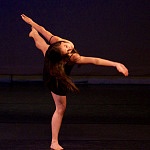
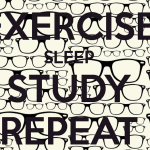
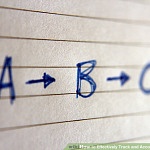



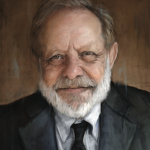


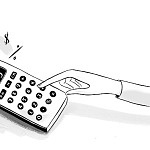

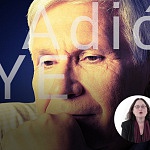
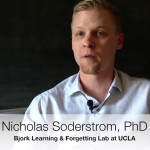

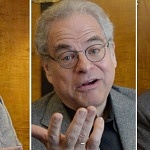

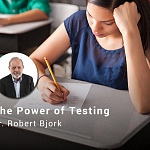



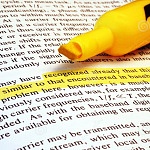
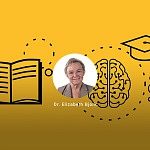

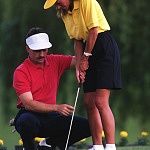



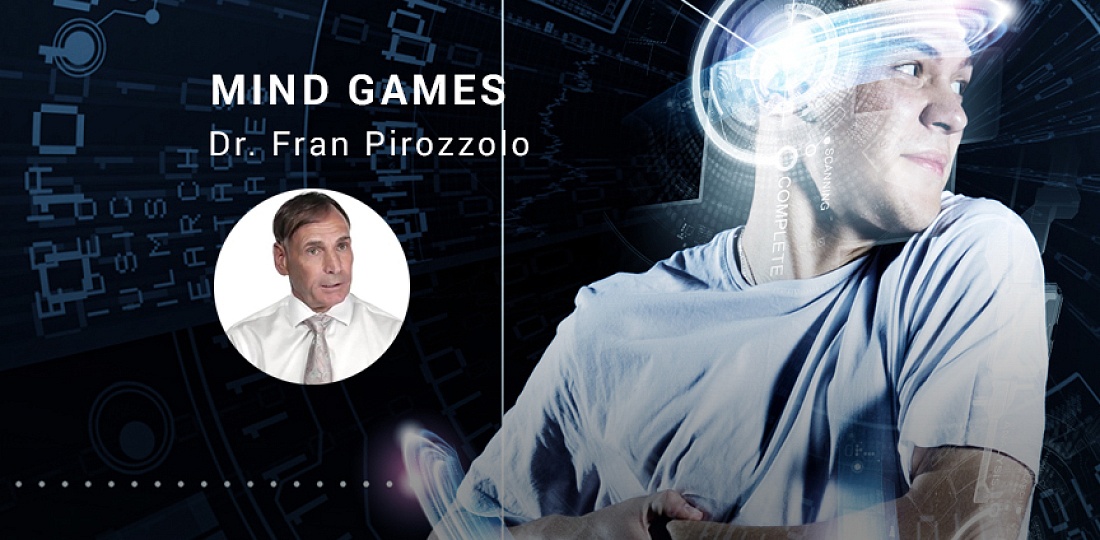
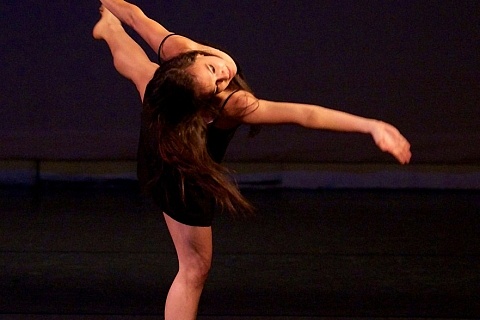

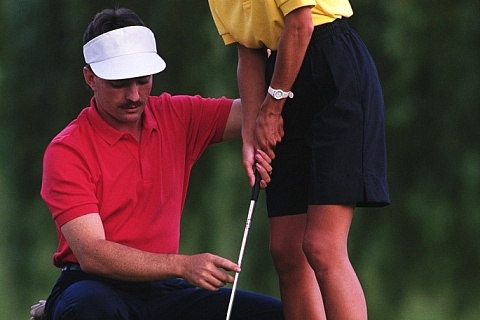
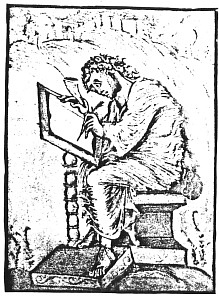
Leave a Reply
You must be logged in to post a comment.